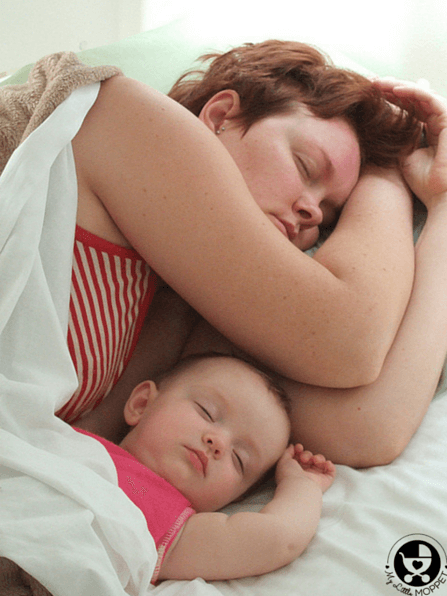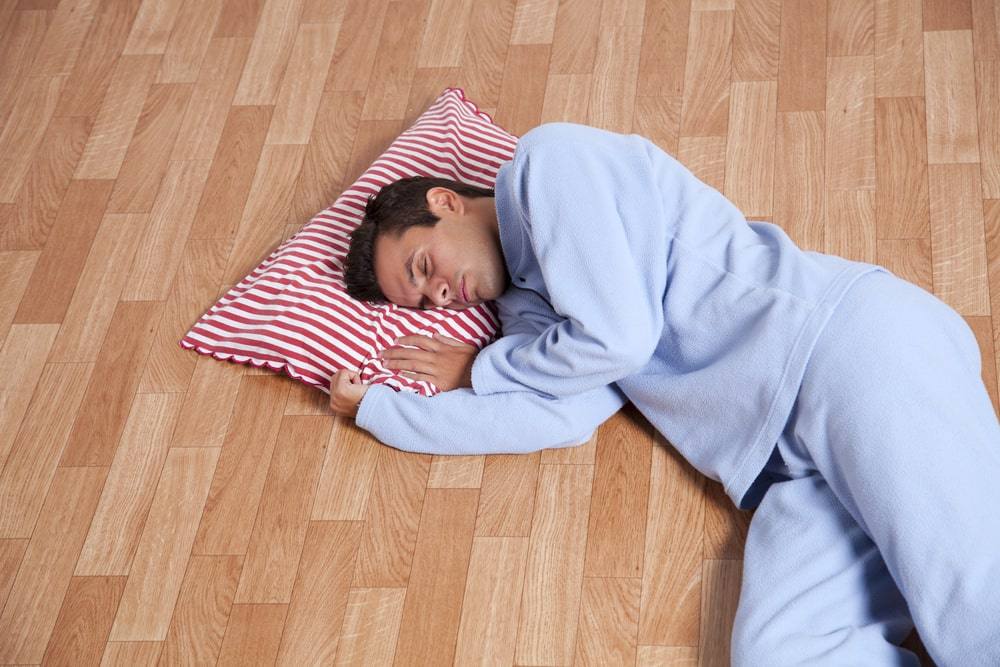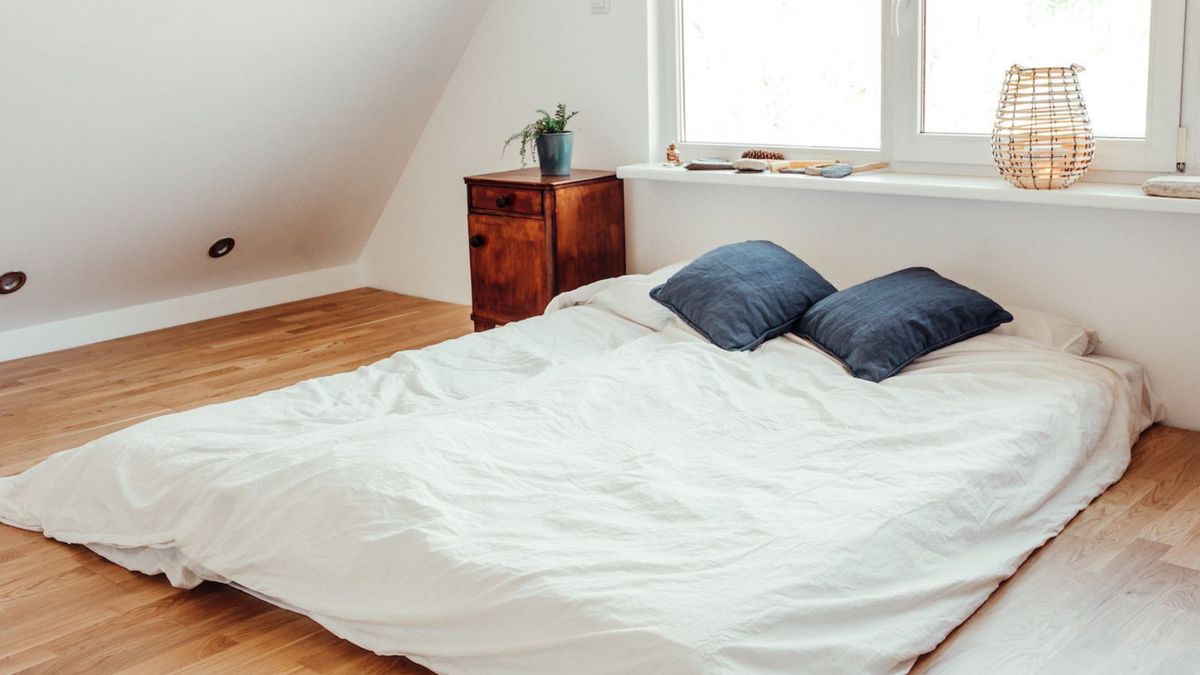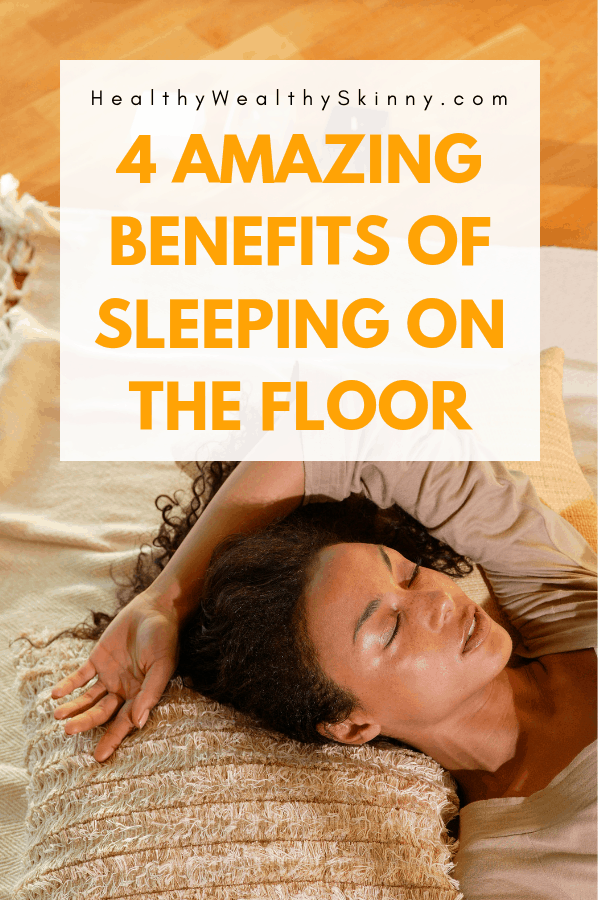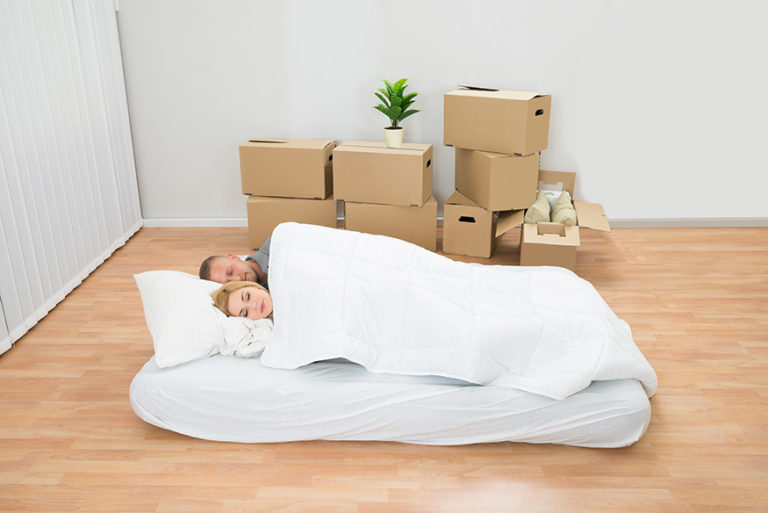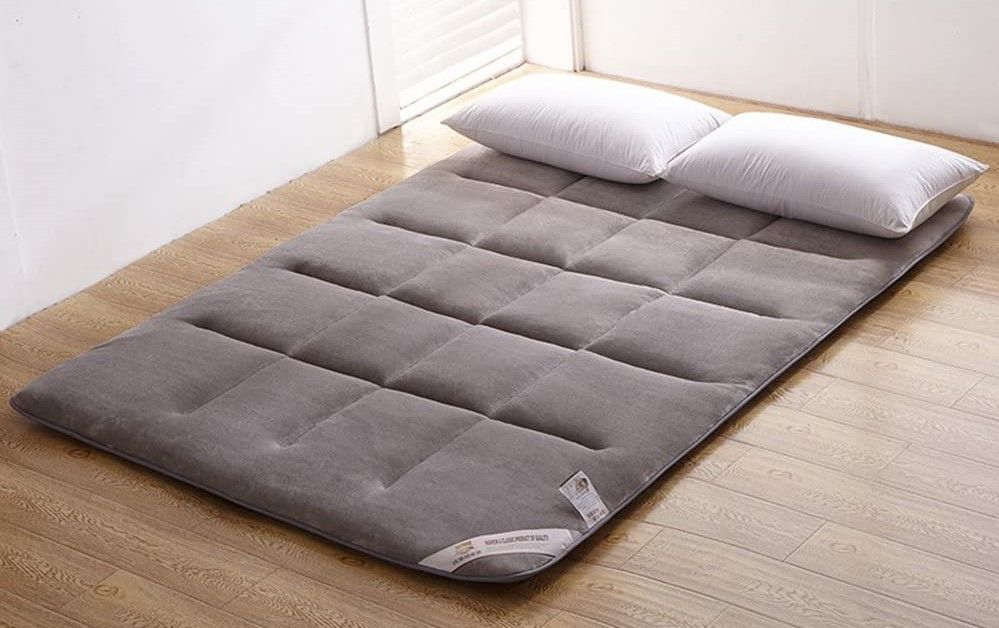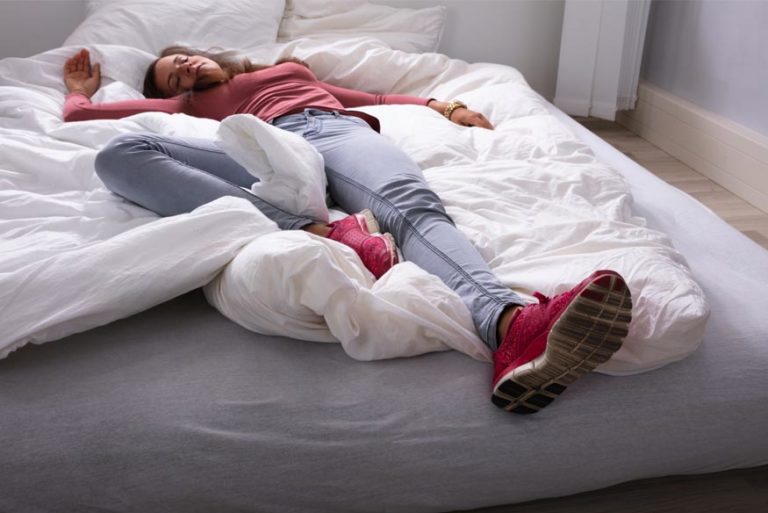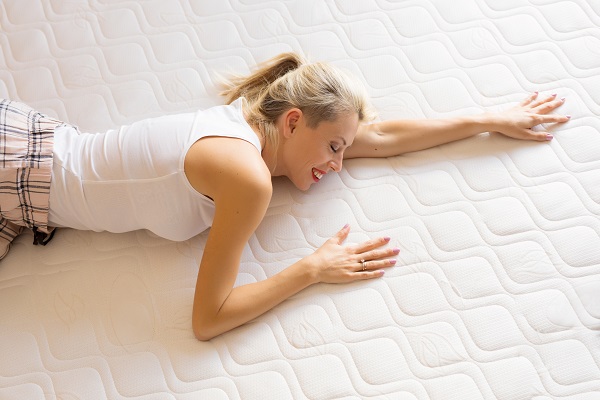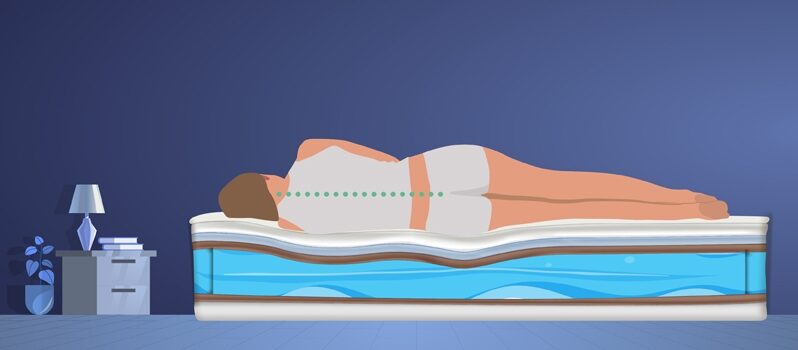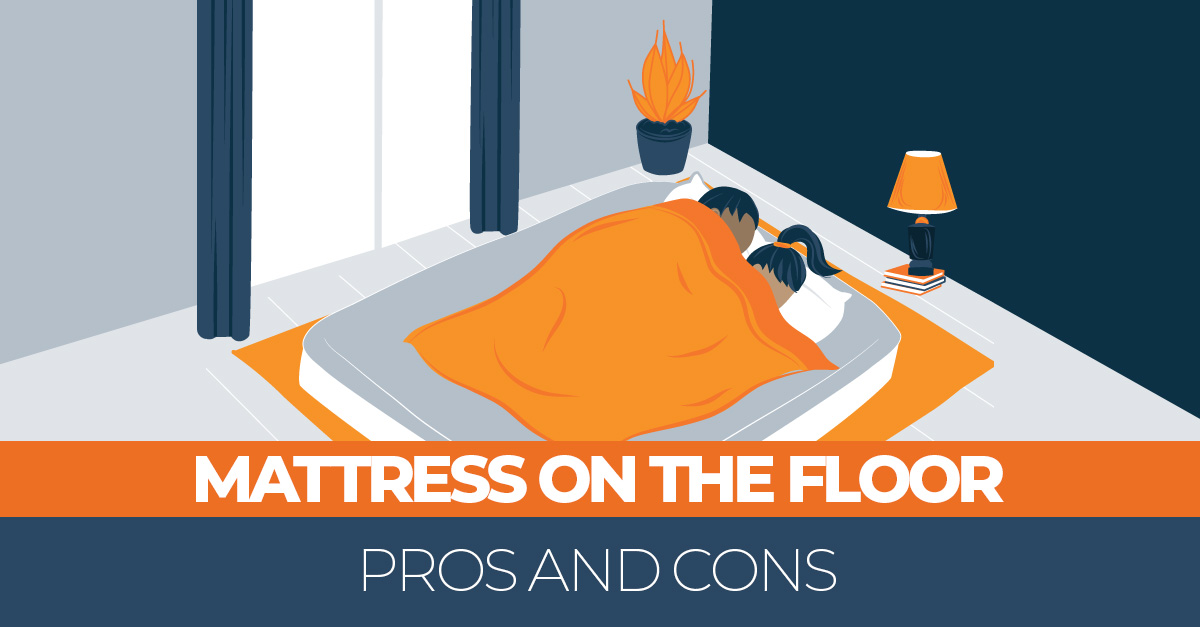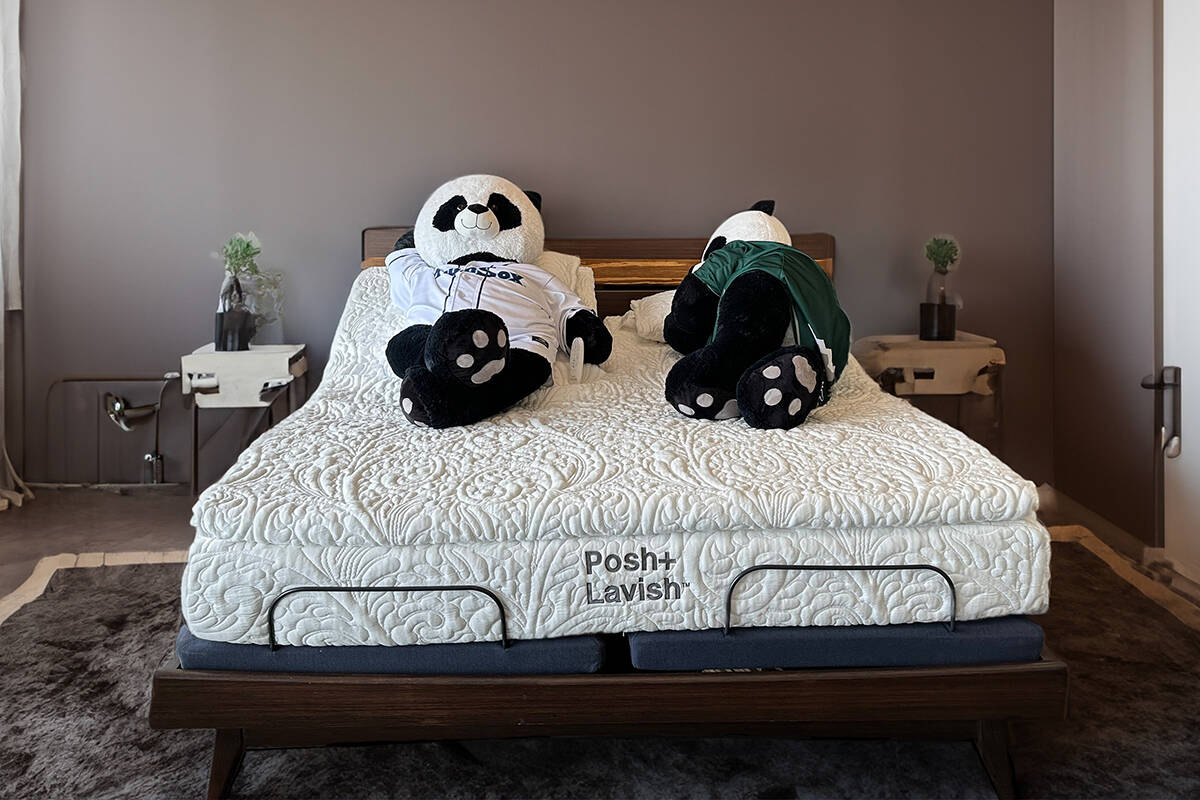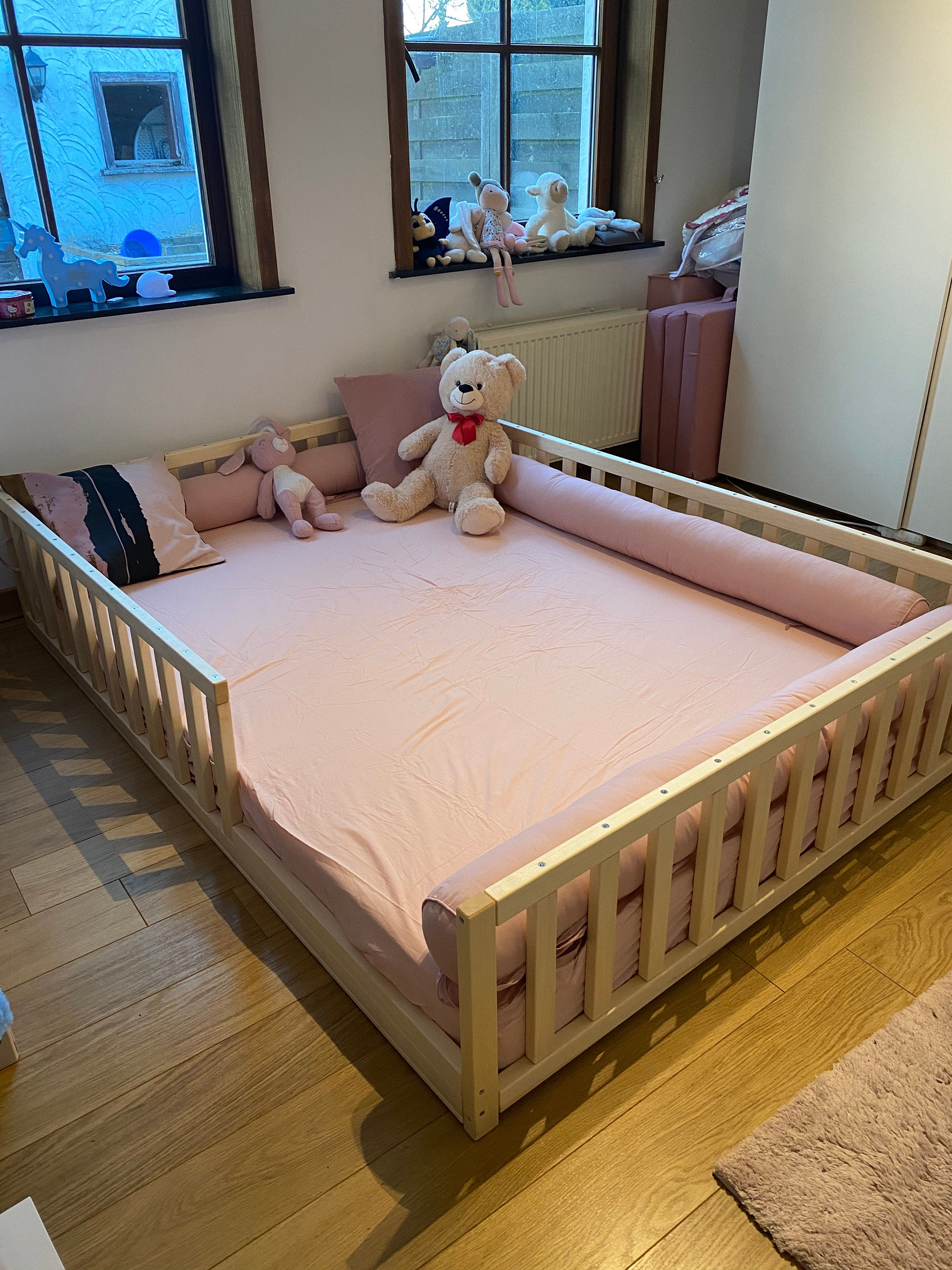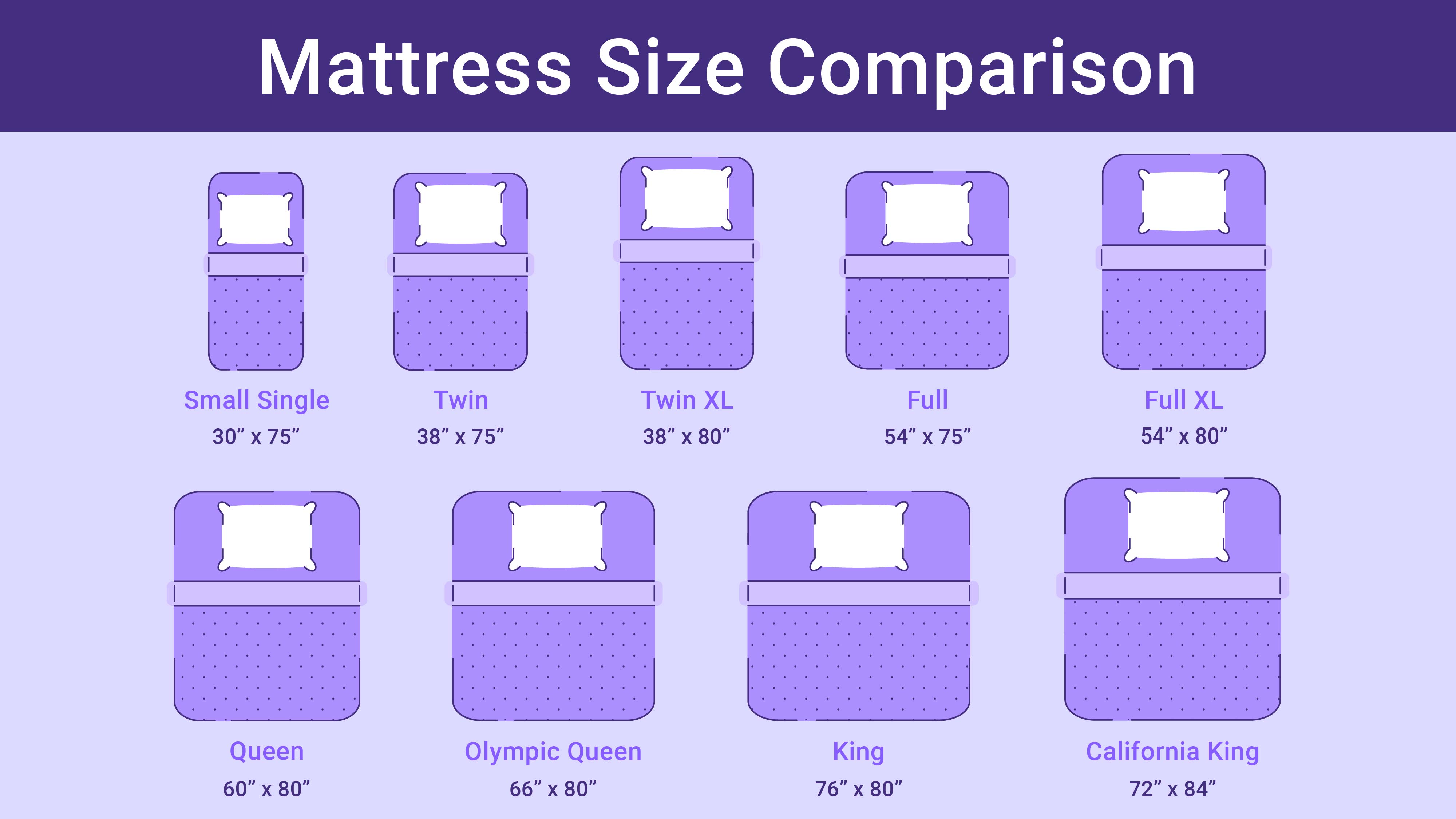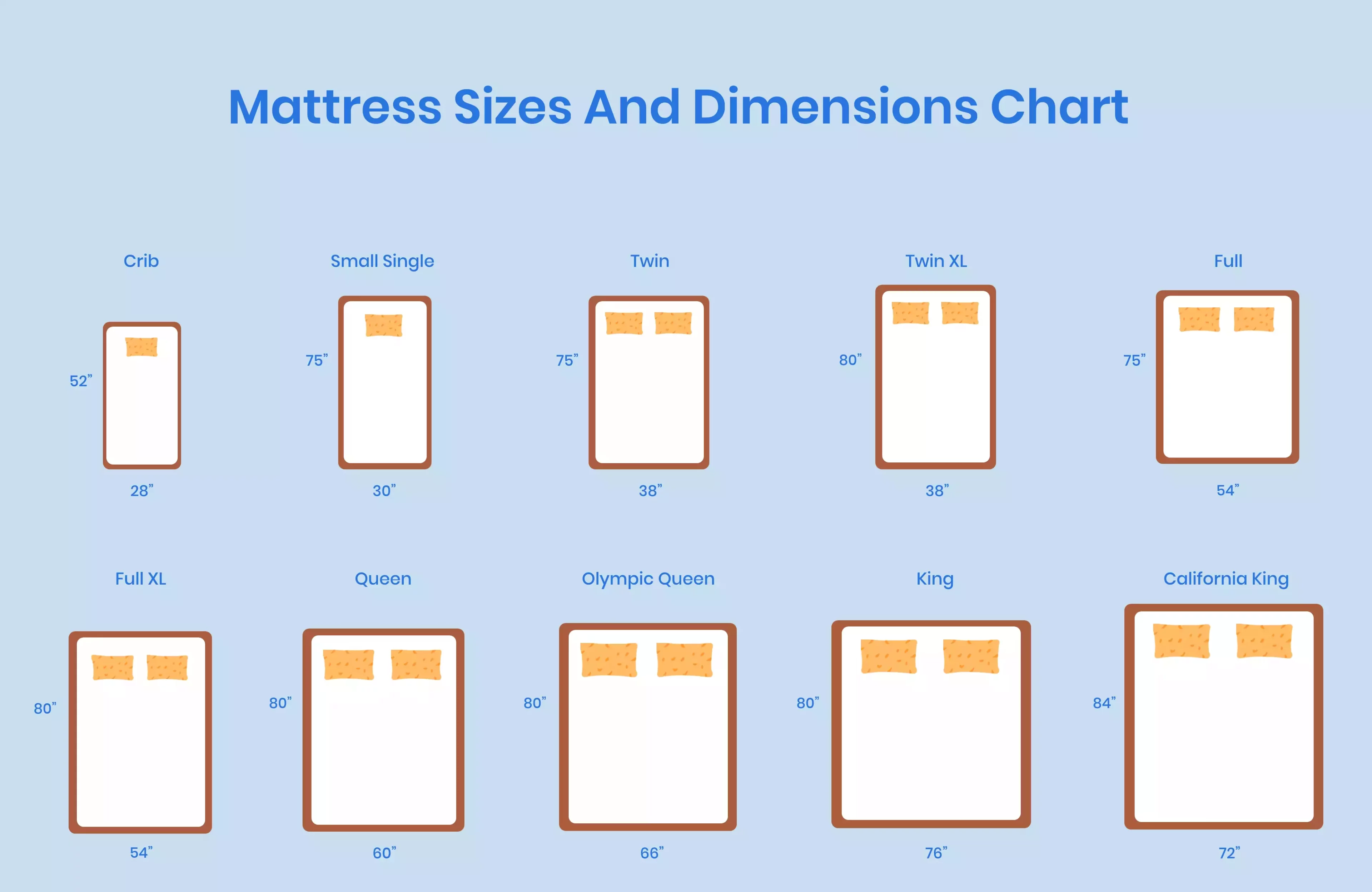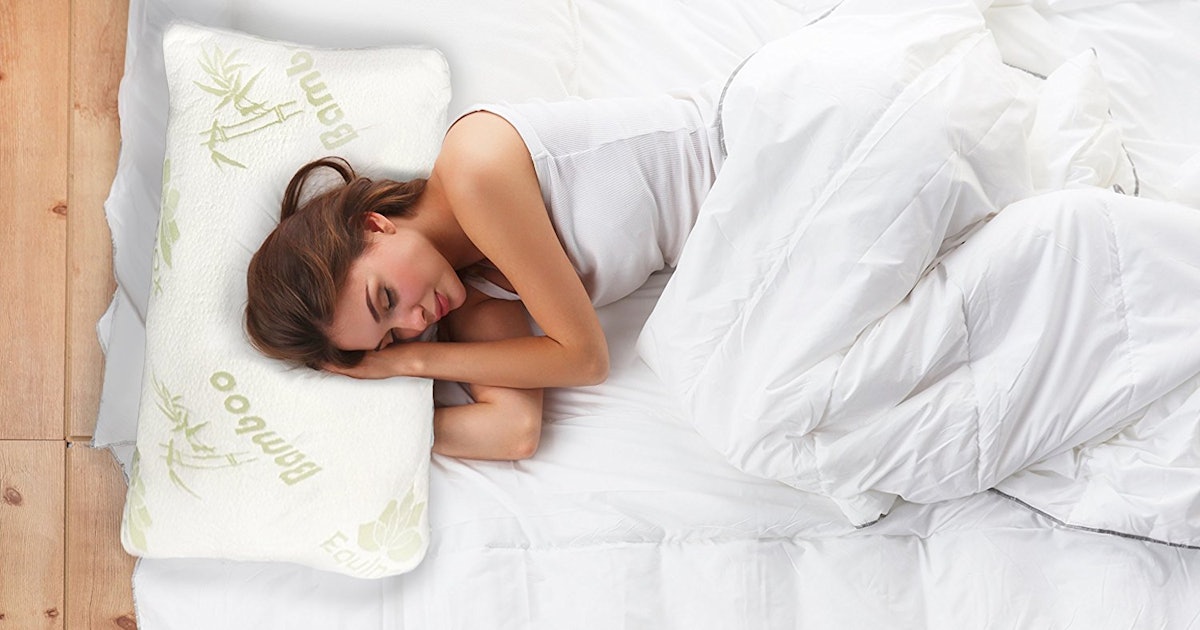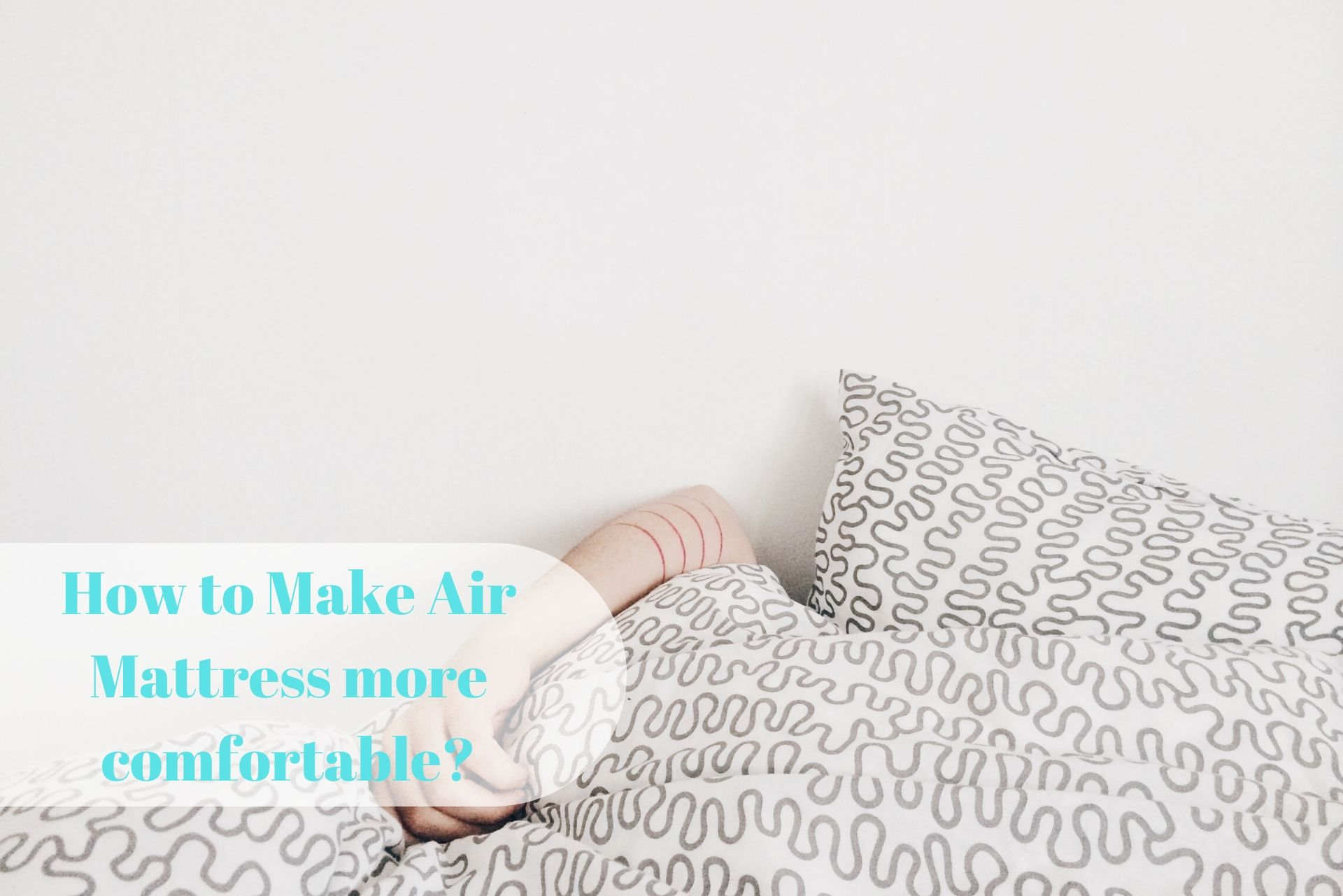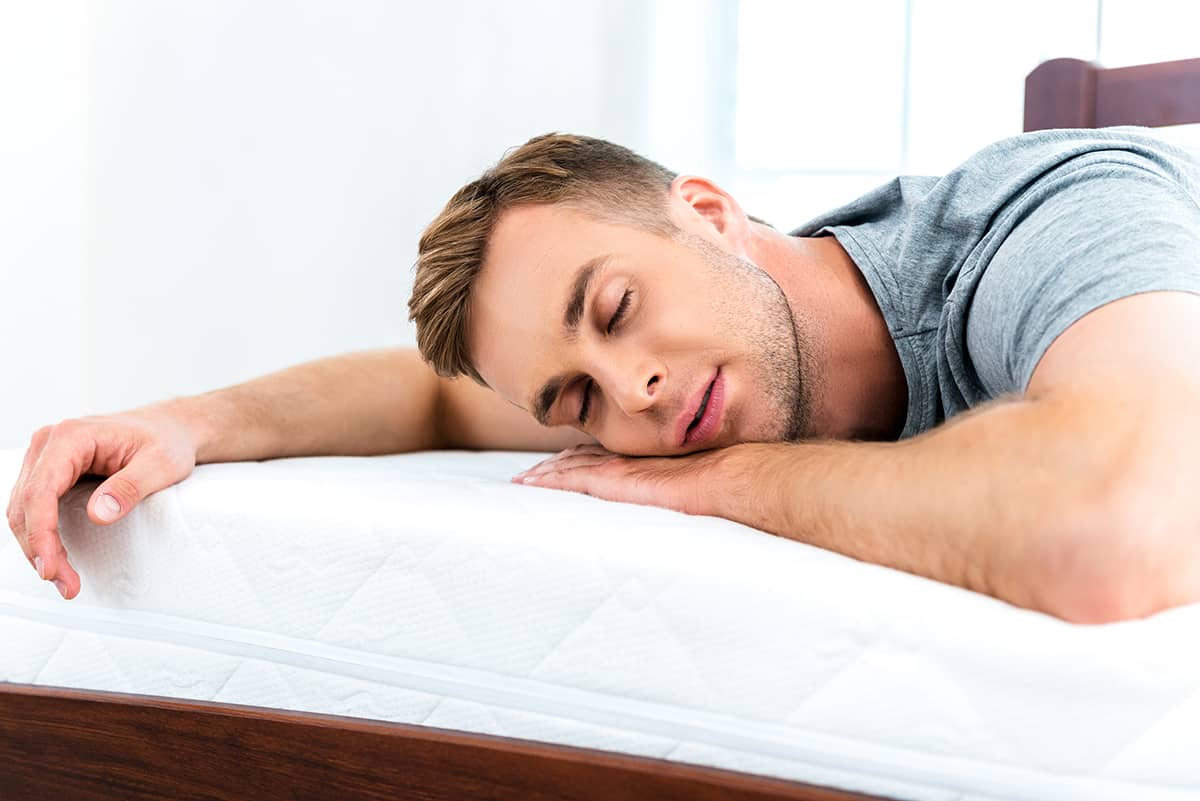Pros and Cons of Sleeping on a Mattress on the Floor vs a Bed
When it comes to sleeping, we all have our own personal preferences. Some people prefer sleeping on a traditional bed with a frame and box spring, while others opt for a simpler setup with just a mattress on the floor. Both options have their own set of pros and cons, so let's take a closer look at the differences between sleeping on a mattress on the floor versus a bed.
Benefits of Sleeping on a Mattress on the Floor
1. Affordability – One of the main benefits of sleeping on a mattress on the floor is the cost. With no need for a bed frame or box spring, this setup is much more budget-friendly than a traditional bed.
2. Space-saving – If you have a small living space, sleeping on a mattress on the floor can save a significant amount of space. This is especially useful for those living in studio apartments or shared living spaces.
3. Minimalist aesthetic – Sleeping on a mattress on the floor can give your bedroom a more minimalist and simplistic look. This can be appealing to those who prefer a clean and uncluttered space.
4. Firmness – A mattress on the floor can offer a firmer sleeping surface compared to a traditional bed. This can be beneficial for those who suffer from back pain or prefer a firmer feel to their mattress.
5. Mobility – With no bed frame to limit movement, sleeping on a mattress on the floor can provide more freedom of movement. This can be especially helpful for those who toss and turn in their sleep.
Disadvantages of Sleeping on a Mattress on the Floor
1. Lack of support – While a firmer surface can be beneficial for some, it may not be suitable for those with certain health conditions or injuries. A bed frame and box spring can provide more support for the body, especially for the back and joints.
2. Coldness – Sleeping on a mattress directly on the floor can make you feel colder at night, especially during the winter months. This is because the mattress is closer to the cold air on the floor and can affect your body temperature.
3. Dust and allergens – Without a bed frame, your mattress is more susceptible to dust and allergens that may be lurking on your bedroom floor. This can be a problem for those with allergies or respiratory issues.
4. Inconvenience – Sleeping on a mattress on the floor can be inconvenient for some, especially those who have difficulty getting up and down from a lower position. This can also be a problem for taller individuals who may struggle to get in and out of bed comfortably.
5. Lack of storage – A bed frame can provide additional storage space underneath, whereas a mattress on the floor offers no such option. This can be a drawback for those who need extra storage for their belongings.
Benefits of Sleeping on a Mattress on a Bed
1. Comfort – A bed frame and box spring can provide a more comfortable sleep surface compared to a mattress on the floor. The added support can help alleviate pressure points and provide a more cushioned feel.
2. Temperature control – With a bed frame, your mattress is elevated off the floor, allowing for better air circulation and temperature control. This can be beneficial for those who tend to sleep hot or cold.
3. Storage options – As mentioned, a bed frame can provide additional storage space underneath, making it a convenient and space-saving option.
4. Better for certain health conditions – A bed frame and box spring can be beneficial for those with certain health conditions, such as acid reflux or sleep apnea. The elevated position can help alleviate symptoms and provide a more comfortable sleep.
5. Easier to get in and out of bed – For those who have difficulty getting in and out of bed, a bed frame can provide a more convenient and comfortable height to sit and stand from.
Disadvantages of Sleeping on a Mattress on a Bed
1. Cost – The biggest disadvantage of sleeping on a bed is the cost. A bed frame and box spring can be expensive, especially if you opt for a high-end, designer option.
2. Takes up more space – A bed frame and box spring can take up more space in a bedroom compared to just a mattress on the floor. This can be a problem for smaller living spaces.
3. Potential for noise – Depending on the type of bed frame, there is a possibility for noise and creaking, especially with older or cheaper models. This can be a nuisance for light sleepers.
4. Difficult to move – Moving a bed frame and box spring can be a difficult and time-consuming task, which can be a drawback for those who move frequently or need to rearrange their bedroom layout.
5. Assembly required – Setting up a bed frame and box spring can be a hassle and may require the help of another person. This can be a drawback for those who prefer a more straightforward and simple setup.
Comparison of Sleeping on a Mattress on the Floor vs a Bed
So, which option is better? It ultimately comes down to personal preference and what works best for your lifestyle. If you value affordability, space-saving, and a minimalist aesthetic, then sleeping on a mattress on the floor may be the best option for you. However, if you prioritize comfort, temperature control, and storage options, then a traditional bed may be the way to go.
It's also important to consider your specific needs and any potential health conditions that may be impacted by your sleeping setup. Consulting with a doctor or chiropractor can help determine which option may be better for your health.
Is Sleeping on a Mattress on the Floor Good for Your Health?
There is no clear answer to this question as it depends on the individual and their specific health needs. As mentioned, a mattress on the floor can offer a firmer sleeping surface, which can be beneficial for those with back pain. However, a bed frame and box spring can provide better support for certain health conditions. It's best to consult with a medical professional to determine which option is best for your health.
How to Make a Mattress on the Floor More Comfortable
If you prefer sleeping on a mattress on the floor but find it uncomfortable, there are a few things you can do to make it more comfortable:
- Invest in a high-quality mattress – A good quality mattress can make all the difference in your comfort level. Look for one that offers the right amount of support and cushioning for your body.
- Add a mattress topper – A mattress topper can provide an extra layer of cushioning and comfort to your mattress on the floor.
- Use pillows for support – Placing pillows strategically around your body can help alleviate pressure points and provide a more comfortable sleep.
- Add a rug – If your bedroom floor is particularly cold, adding a rug under your mattress can help insulate and keep you warmer at night.
Why Some People Prefer Sleeping on a Mattress on the Floor
There are various reasons why some people may prefer sleeping on a mattress on the floor, including the affordability and minimalist aesthetic mentioned earlier. Some people may also find it more comfortable and enjoy the freedom of movement it provides. Others may have grown up sleeping on a mattress on the floor and simply prefer the familiarity of it.
How to Transition from Sleeping on a Mattress on the Floor to a Bed
If you're considering making the switch from a mattress on the floor to a bed, here are some tips for a smooth transition:
- Start with a low bed frame – To ease your way into sleeping on a bed, opt for a low bed frame that is closer to the ground. This can help mimic the feel of sleeping on a mattress on the floor.
- Use a similar mattress – If you're used to sleeping on a firm mattress on the floor, try to find a similar level of firmness for your new bed. This can help with the adjustment.
- Keep the minimalist aesthetic – If you enjoy the minimalist look of a mattress on the floor, you can still achieve this with a low bed frame and simple bedding.
- Take your time – It may take a few nights to get used to sleeping on a bed, so be patient and give yourself some time to adjust.
The Pros and Cons of Sleeping on a Mattress on the Floor vs a Mattress on a Bed

The Benefits of Sleeping on a Mattress on the Floor
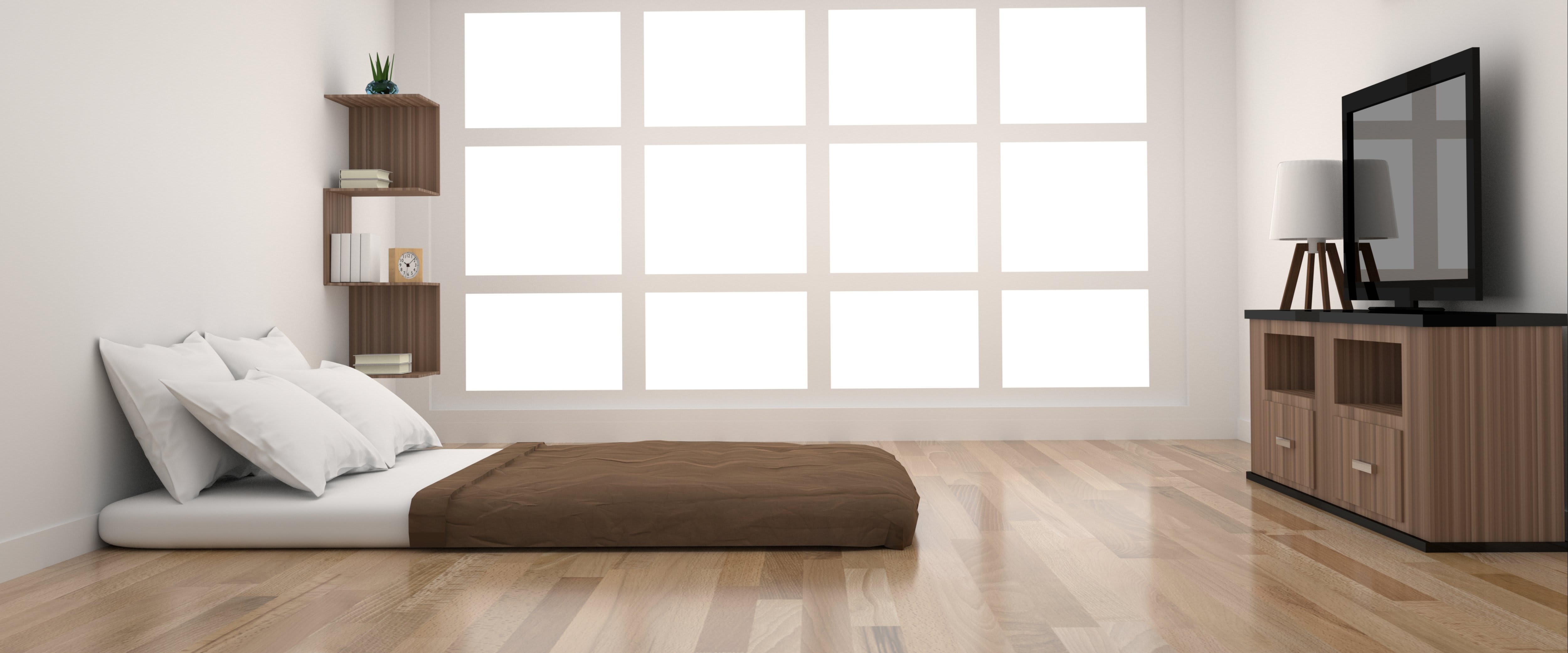 While the traditional bed frame and mattress setup may be the norm in most households, there has been a recent trend towards sleeping on a mattress on the floor. This minimalist approach to bedroom design has gained popularity for a variety of reasons.
One of the main benefits of sleeping on a mattress on the floor is its affordability. With no need for a bed frame, box spring, or headboard, this setup can save you a significant amount of money. This is especially beneficial for those on a tight budget or for those who move frequently and don't want to invest in expensive furniture.
Another advantage is the simplicity and ease of setup. You don't need any tools or special skills to put a mattress on the floor. This makes it a great option for college students or individuals living in small spaces. It also allows for more flexibility in rearranging your room and trying out different layouts without the constraints of a bulky bed frame.
Additionally, sleeping closer to the ground can provide a sense of safety and security. For some, having a mattress on the floor can feel more grounded and comfortable, almost like sleeping in a cozy nest. This can be especially beneficial for those who struggle with anxiety or have difficulty sleeping.
While the traditional bed frame and mattress setup may be the norm in most households, there has been a recent trend towards sleeping on a mattress on the floor. This minimalist approach to bedroom design has gained popularity for a variety of reasons.
One of the main benefits of sleeping on a mattress on the floor is its affordability. With no need for a bed frame, box spring, or headboard, this setup can save you a significant amount of money. This is especially beneficial for those on a tight budget or for those who move frequently and don't want to invest in expensive furniture.
Another advantage is the simplicity and ease of setup. You don't need any tools or special skills to put a mattress on the floor. This makes it a great option for college students or individuals living in small spaces. It also allows for more flexibility in rearranging your room and trying out different layouts without the constraints of a bulky bed frame.
Additionally, sleeping closer to the ground can provide a sense of safety and security. For some, having a mattress on the floor can feel more grounded and comfortable, almost like sleeping in a cozy nest. This can be especially beneficial for those who struggle with anxiety or have difficulty sleeping.
The Drawbacks of Sleeping on a Mattress on the Floor
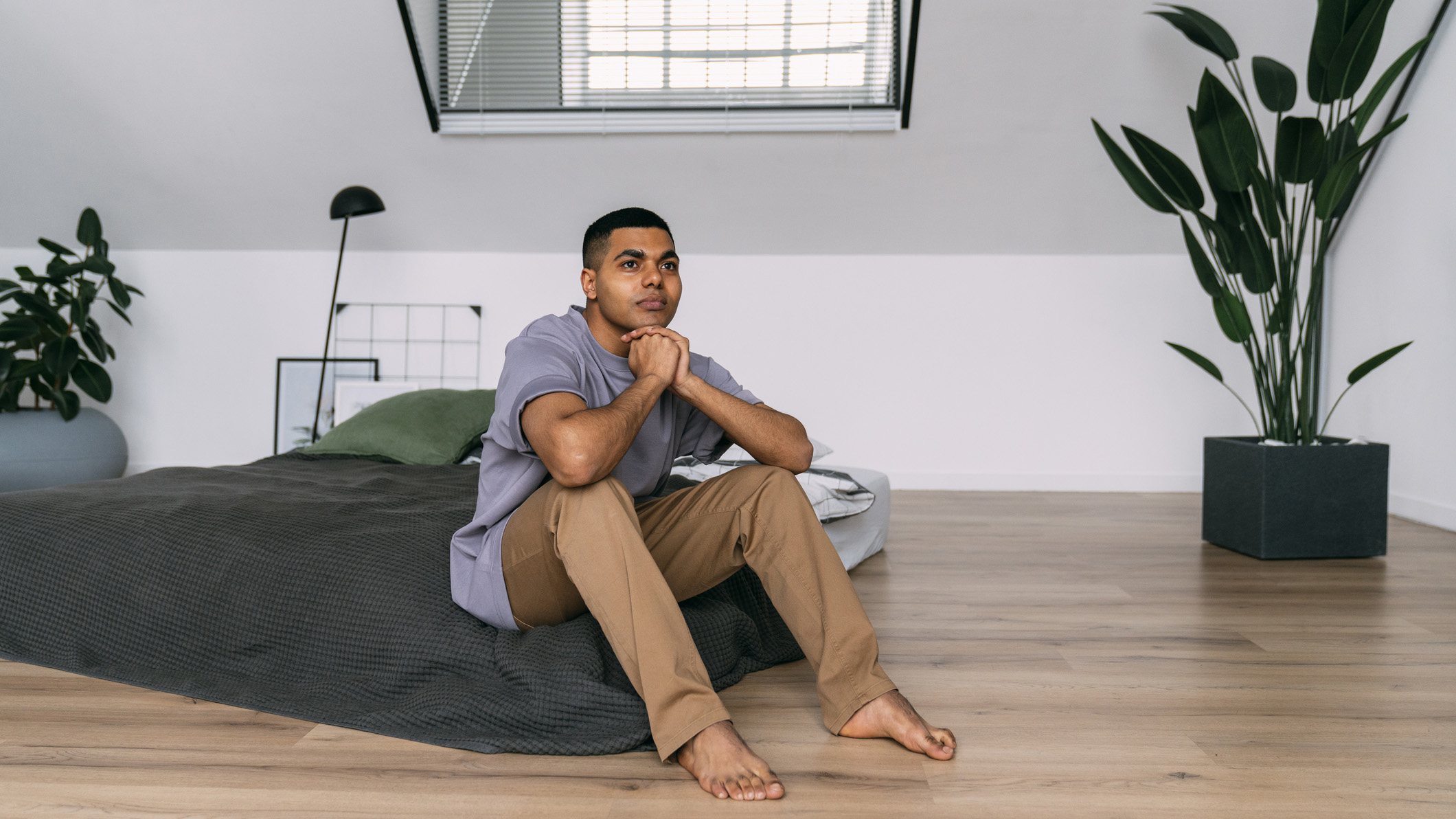 While there are many benefits to sleeping on a mattress on the floor, there are also some drawbacks to consider.
One of the main concerns is hygiene. Without a bed frame, your mattress is more susceptible to dust, dirt, and pests. This can be especially problematic for those with allergies or respiratory issues. Additionally, a mattress on the floor may be more difficult to clean and maintain compared to a bed frame setup.
Another disadvantage is the lack of airflow. With a traditional bed frame, there is space under the mattress for air to circulate, preventing the buildup of moisture and mold. This can be a concern for those living in humid climates or for individuals who tend to sweat during sleep.
Lastly, sleeping on a mattress on the floor may not be as comfortable for everyone. For some, the lack of support and elevation can cause discomfort in the back or neck. It may also be more difficult for individuals with mobility issues to get in and out of bed.
While there are many benefits to sleeping on a mattress on the floor, there are also some drawbacks to consider.
One of the main concerns is hygiene. Without a bed frame, your mattress is more susceptible to dust, dirt, and pests. This can be especially problematic for those with allergies or respiratory issues. Additionally, a mattress on the floor may be more difficult to clean and maintain compared to a bed frame setup.
Another disadvantage is the lack of airflow. With a traditional bed frame, there is space under the mattress for air to circulate, preventing the buildup of moisture and mold. This can be a concern for those living in humid climates or for individuals who tend to sweat during sleep.
Lastly, sleeping on a mattress on the floor may not be as comfortable for everyone. For some, the lack of support and elevation can cause discomfort in the back or neck. It may also be more difficult for individuals with mobility issues to get in and out of bed.
The Benefits of Sleeping on a Mattress on a Bed
 On the other hand, sleeping on a mattress on a bed frame has its own set of advantages.
One of the main benefits is the support and comfort provided by the bed frame and box spring. This setup allows for a more even distribution of weight and prevents the mattress from sagging over time. It can also provide relief for those with back or joint pain.
Additionally, a bed frame can add style and aesthetic appeal to a bedroom. With various designs and materials available, you can choose a bed frame that complements your overall house design and personal taste.
On the other hand, sleeping on a mattress on a bed frame has its own set of advantages.
One of the main benefits is the support and comfort provided by the bed frame and box spring. This setup allows for a more even distribution of weight and prevents the mattress from sagging over time. It can also provide relief for those with back or joint pain.
Additionally, a bed frame can add style and aesthetic appeal to a bedroom. With various designs and materials available, you can choose a bed frame that complements your overall house design and personal taste.
The Drawbacks of Sleeping on a Mattress on a Bed
 The main drawback of a traditional bed frame setup is the cost. Bed frames, box springs, and headboards can be expensive, especially if you want a high-quality and durable option. This may not be feasible for those on a tight budget.
Another disadvantage is the difficulty in moving and assembling a bed frame. Unlike a mattress on the floor, a bed frame requires tools and time to put together, making it less convenient for those who move frequently.
The main drawback of a traditional bed frame setup is the cost. Bed frames, box springs, and headboards can be expensive, especially if you want a high-quality and durable option. This may not be feasible for those on a tight budget.
Another disadvantage is the difficulty in moving and assembling a bed frame. Unlike a mattress on the floor, a bed frame requires tools and time to put together, making it less convenient for those who move frequently.
In Conclusion
 Ultimately, the decision between sleeping on a mattress on the floor or on a bed frame depends on personal preference and lifestyle. Both setups have their own unique benefits and drawbacks. Whether you choose to go for a minimalist approach or a more traditional setup, the most important thing is to create a comfortable and restful sleep environment for yourself.
Ultimately, the decision between sleeping on a mattress on the floor or on a bed frame depends on personal preference and lifestyle. Both setups have their own unique benefits and drawbacks. Whether you choose to go for a minimalist approach or a more traditional setup, the most important thing is to create a comfortable and restful sleep environment for yourself.
:quality(70)/cloudfront-us-east-1.images.arcpublishing.com/shawmedia/AAZ3V6C7XNHHTBP2ZP6AJ4H4GI.jpg)

